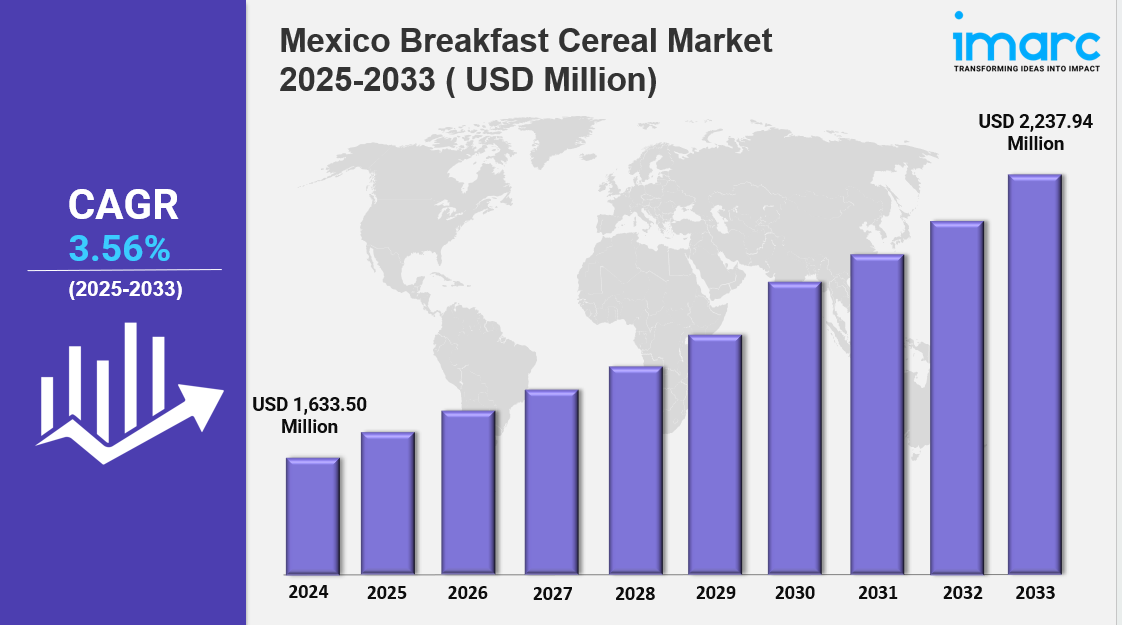In today’s fast-paced industrial and consumer markets, packaging materials are constantly evolving to meet the demands of durability, flexibility, cost-effectiveness, and sustainability. Among the numerous materials available, Low-Density Polyethylene (LDPE) film stands out as one of the most versatile and widely used plastics across industries. From shrink wrapping and protective packaging to agricultural applications, LDPE film has established itself as a trusted choice due to its unique properties.
What is LDPE Film?
LDPE film is a thin, flexible sheet made from Low-Density Polyethylene, a thermoplastic polymer produced through the polymerization of ethylene under high pressure. With its low density and high branching structure, LDPE exhibits excellent flexibility, toughness, and clarity. These qualities make it ideal for applications that require lightweight, tear-resistant, and cost-effective packaging solutions.
Its most recognizable use is in plastic bags, shrink films, food packaging wraps, and agricultural sheets, though the scope of LDPE films extends far beyond these applications.
Properties of LDPE Film
The success of LDPE film in packaging is rooted in its distinct physical and chemical properties. Here are the most notable ones:
- Flexibility & Softness
LDPE films are highly pliable, making them easy to stretch and mold. This flexibility is particularly useful in shrink wrapping and stretch applications. - Transparency & Gloss
The natural clarity of LDPE allows manufacturers to create films that are transparent or semi-transparent. This is especially valuable for product display packaging. - Moisture Resistance
LDPE films have an outstanding ability to block moisture, making them perfect for food packaging, ensuring freshness and shelf life. - Lightweight Yet Durable
Despite being lightweight, LDPE film provides significant strength and resilience to tearing and puncturing. - Chemical Resistance
LDPE films resist acids, alcohols, bases, and other chemicals, making them suitable for industrial and pharmaceutical packaging. - Recyclability
As a thermoplastic, LDPE can be recycled, contributing to sustainability efforts in packaging.
Types of LDPE Films
LDPE films come in different forms, depending on their intended application:
- Shrink Films
Designed to shrink tightly over products when heat is applied, shrink films provide tamper-proof, secure, and aesthetic packaging. - Stretch Films
These films stretch easily without tearing, making them suitable for wrapping pallets and securing goods during transportation. - Agricultural Films
LDPE is widely used in greenhouse covers, mulching sheets, and silage wraps to improve crop productivity. - Lamination Films
Thin LDPE films are laminated with other substrates such as paper, aluminum, or PET to enhance packaging strength and barrier properties. - Food-Grade Films
These films meet strict safety standards and are used for wrapping and sealing perishable food items.
Manufacturing Process of LDPE Film
LDPE films are typically manufactured using the blown film extrusion process:
- Extrusion: Ethylene polymer is melted and extruded into a cylindrical shape.
- Blowing: Compressed air inflates the molten polymer, expanding it into a thin film tube.
- Cooling: The tube is cooled rapidly to solidify its structure.
- Slitting & Winding: The film is cut, flattened, and wound into rolls for further use.
This process allows for customization in thickness, clarity, and strength based on the requirements of end-use applications.
Applications of LDPE Film
The adaptability of LDPE film ensures its presence in multiple industries. Some of the major applications include:
1. Food & Beverage Packaging
- Used for bread bags, frozen food packaging, and dairy products.
- Maintains freshness by preventing moisture penetration.
2. Industrial Packaging
- Shrink films secure pallet loads during transport.
- Protects machinery and spare parts from dust and moisture.
3. Consumer Goods
- Widely used in shopping bags, garment bags, and protective packaging.
4. Agriculture
- Greenhouse covers and mulch films enhance crop productivity.
- Silage wraps preserve animal fodder for longer durations.
5. Pharmaceutical & Healthcare
- Provides safe packaging for sterile products, medical equipment, and disposables.
6. Construction Industry
- Used as vapor barriers, protective sheeting, and insulation layers.
Advantages of LDPE Film
LDPE film offers several advantages over other packaging materials:
- Cost-Effective: Affordable production and processing.
- Versatile: Suitable for diverse applications across industries.
- Safe for Food Contact: Approved for direct food packaging.
- Customizable: Available in a range of thicknesses, colors, and finishes.
- Environmentally Friendly Options: Can be produced with biodegradable additives and recycled content.
Challenges and Sustainability Concerns
While LDPE film has many strengths, it also comes with environmental challenges due to plastic waste concerns. However, innovations in recycling technologies, biodegradable films, and circular economy practices are making LDPE films more sustainable. Industries are increasingly investing in eco-friendly LDPE solutions to reduce their carbon footprint.
The Future of LDPE Films
The global demand for LDPE films is expected to grow significantly in the coming years, fueled by the boom in e-commerce packaging, food safety, and sustainable solutions. Manufacturers are working on developing eco-friendly films with higher recyclability and compostability to align with environmental regulations.
Conclusion
LDPE film has proven itself as the backbone of modern packaging, offering unmatched versatility, durability, and affordability. From food safety to industrial logistics and agriculture, LDPE films continue to play a crucial role in protecting, preserving, and presenting products. With sustainability at the forefront of packaging innovation, LDPE films are evolving to become even more eco-conscious, ensuring their relevance in the packaging industry for decades to come.



